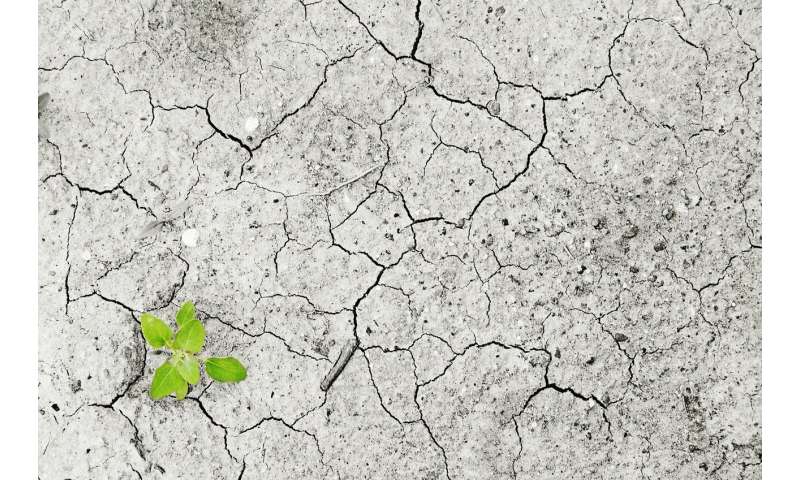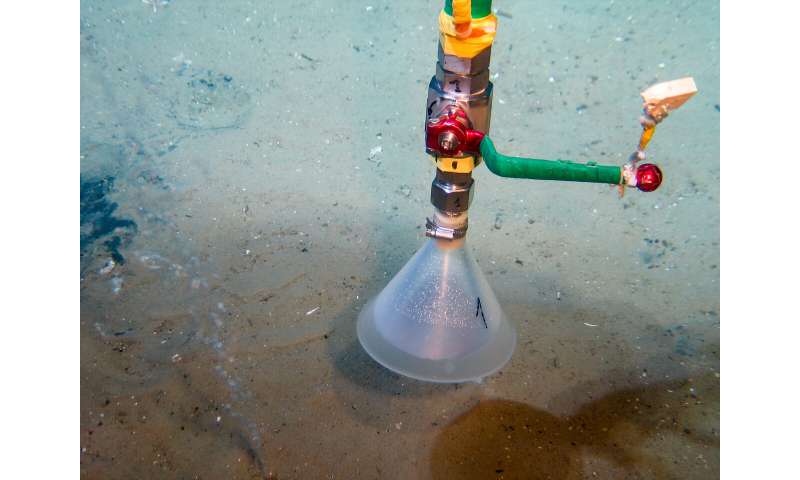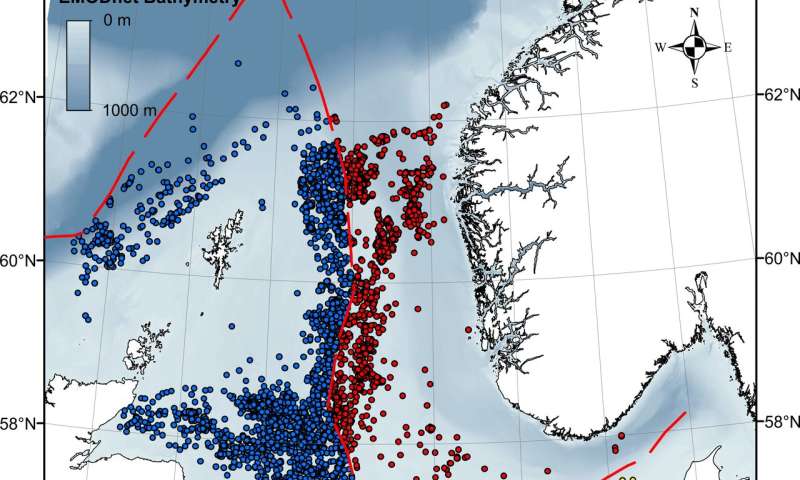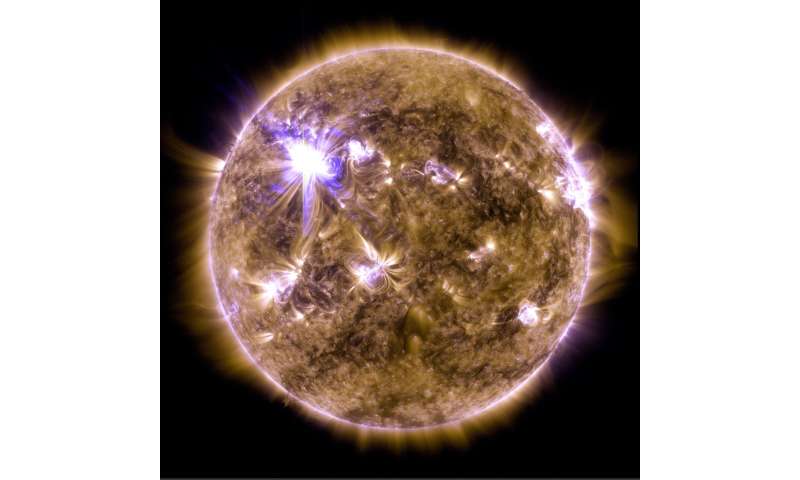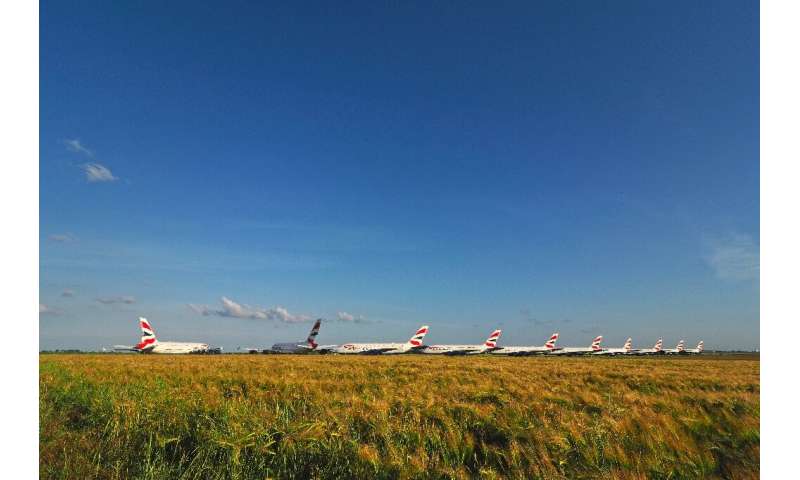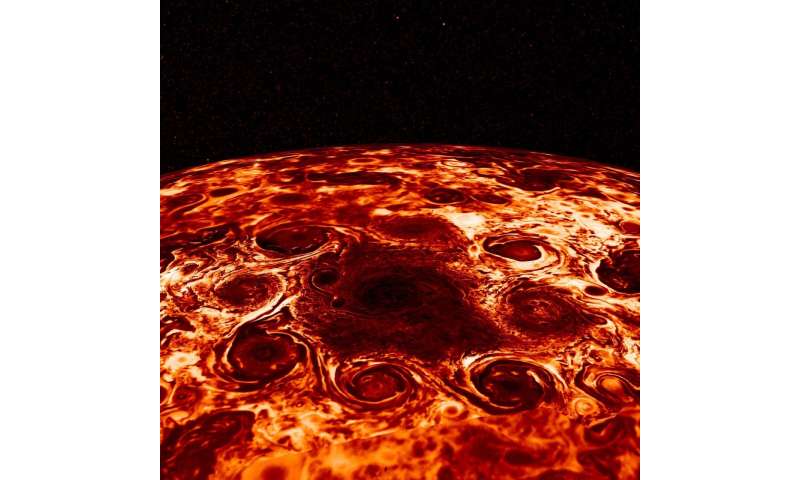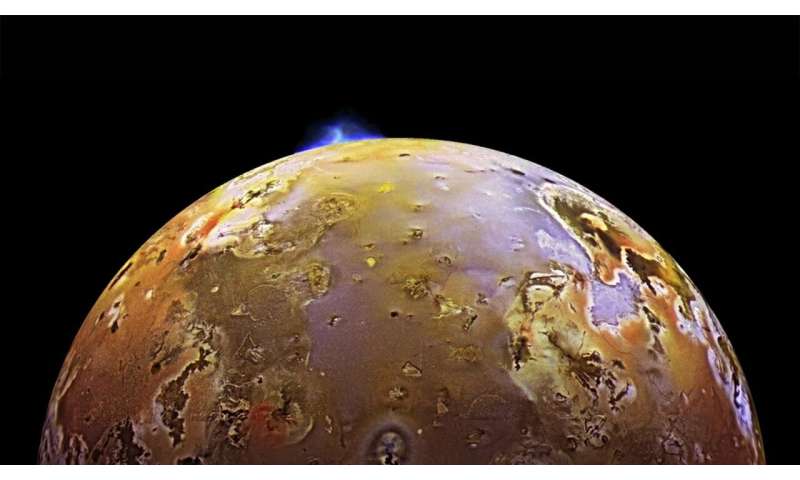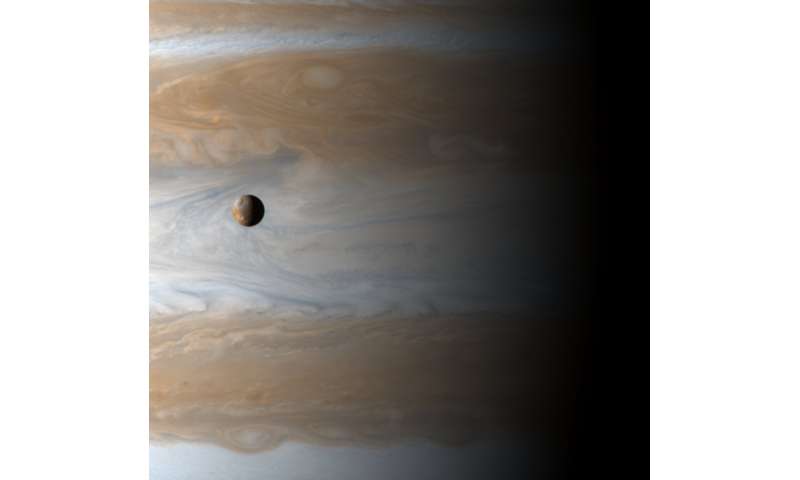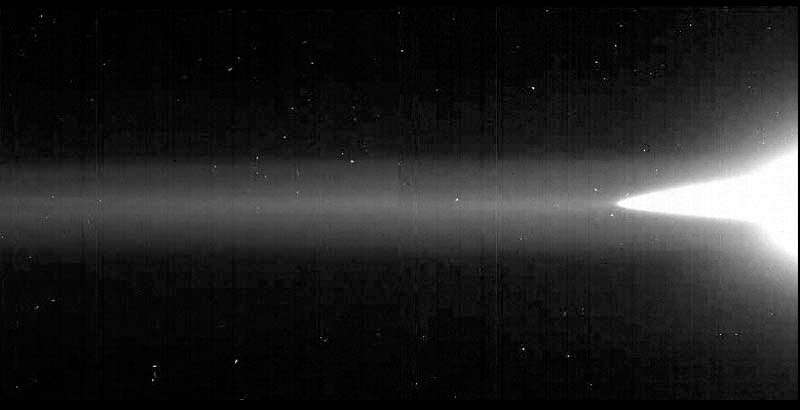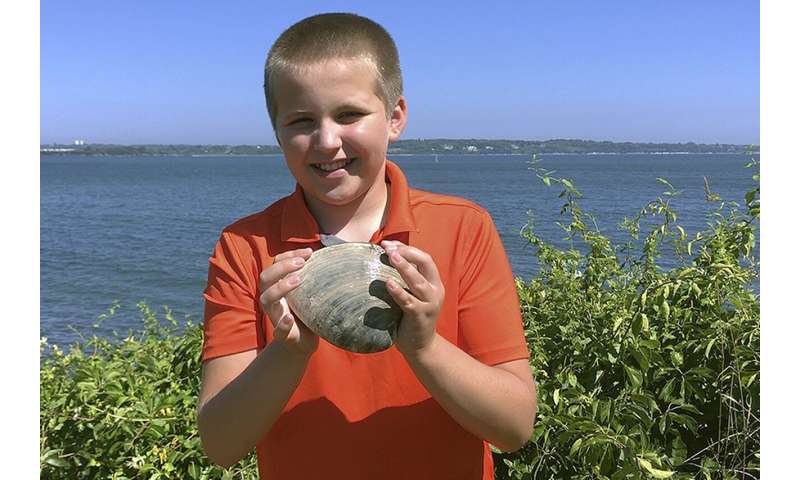"Do not ask people to tolerate conservation, Instead, seek win-win scenarios for communities and biodiversity."
by Laura Arenschield, The Ohio State University
 Credit: The Ohio State University
Credit: The Ohio State UniversityConservation projects in cities are most likely to succeed when nearby residents are part of the planning and design process and feel ownership over the projects, researchers who spent seven years studying conservation in Cleveland say.
Conservation projects in cities also are more likely to be successful if they are tackled at a micro, neighborhood level, rather than approached as a city-wide project, the researchers believe.
The researchers made the case in a commentary article based on seven years of research studying the ecology of vacant land in Cleveland, published online Wednesday in the journal Nature Communications.
"By seeding vacant lots with native Ohio wildflowers, we sought to both beautify these spaces and support biodiversity," said Mary Gardiner, professor of entomology at The Ohio State University and senior author of the paper. "With this article, we wanted to highlight conservation is not successful when it creates conflict with local residents, and summarize best practices from the literature and our own experiences on the ground."
This study was part of a larger research project designed to understand the best ways to encourage biodiversity among beneficial insects such as bees, spiders and beetles in urban vacant lots.
When the project began in 2012, the researchers worked closely with city leaders, including members of the Cleveland City Council, the Cleveland Land Bank (an organization that manages the city's vacant properties), and others to identify neighborhoods—and vacant lots within those neighborhoods—for conservation projects. The team designed eight different conservation styles to be used over eight vacant lots in eight neighborhoods across Cleveland. In each neighborhood, vacant lots were cleaned and planted with different wildflowers that would support beneficial insects.
Then, they went door-to-door within a one-block radius of each of the 64 vacant lots in the study to talk with neighbors and make sure they were on board.
But that approach could have been improved, Gardiner said.
"That is asking people to accept something. It's not asking them to co-create it with you, which is a better strategy," she said. Also, she said, communication throughout the project duration is key and the group faced many challenges getting the word out about their conservation goals.
"Many living near our sites were short-term renters—the neighbors you would meet in year one, when you were establishing and planting, were not always the same neighbors present in year two. And so, people would notice our signs or the habitat and not know the back story and wouldn't feel like they were part of the decision-making process, which unfortunately disenfranchised some from the study."
Cleveland is a city of around 400,000 people; its population has declined in recent decades. The city covers about 84 square miles and has more than 27,000 vacant lots.
The project covered eight neighborhoods, with different conservation approaches in each area. That design was important for research purposes—it allowed the researchers to evaluate the effectiveness of each conservation approach, and to try to replicate approaches across one city. But the researchers emphasize that this research design is not ideal for conservation initiatives that might follow. A one-size-fits-all approach to conservation, even across one city, is unlikely to meet the needs of both residents and target species.
For example, the researchers mowed the edges of each vacant lot habitat, thinking that the residents might appreciate a border between their homes and a wild habitat that might feature tall flowers. But in some areas, residents thought that the teams had abandoned the lots partway through a mow job. Some residents appreciated the fencing that went around vacant lots; others thought it blocked them from accessing the habitats.
"We would advise conservation scientists in the future to focus on starting small in one particular community," said Katie Turo, first author of the paper and a doctoral student in Gardiner's lab. "And to recognize how important it is to invest in the community, develop objectives and continue to work with them to understand what's working and what's not working."
And while the researchers put up signs at each lot that included contact information, the scientists found that residents were most likely to talk with them—to complain, compliment the planting or ask questions—when they were on site.
"That was difficult, because many neighbors were working during the day when we were collecting data and managing the sites," Turo said. "We found that when we were able to stick around after 5 p.m., we were more likely to get feedback from residents. In the future though, we'd recommend that scientists avoid similar issues by partnering with sociologists who can help proactively gather community feedback."
The researchers cited a successful conservation project in Chicago, the Burnham Wildlife Corridor, which developed a migratory bird habitat, but which also invited community groups and residents to design their own project goals and habitat plans. That project was also designed in partnership with the Field Museum and Chicago Park District and built on 20 years of research into the local communities.
That local community buy-in matters: Conservation projects, Gardiner said, are more likely to be successful when the local community is excited about them and takes ownership. That means engaging residents throughout project conceptualization, implementation and assessment.
"Do not ask people to tolerate conservation," she said. "Instead, seek win-win scenarios for communities and biodiversity."
Large Lot Program shows the power of private land stewardship in addressing urban vacancy
More information: Katherine J. Turo et al. The balancing act of urban conservation, Nature Communications (2020). DOI: 10.1038/s41467-020-17539-0
Journal information: Nature Communications
More information: Katherine J. Turo et al. The balancing act of urban conservation, Nature Communications (2020). DOI: 10.1038/s41467-020-17539-0
Journal information: Nature Communications
